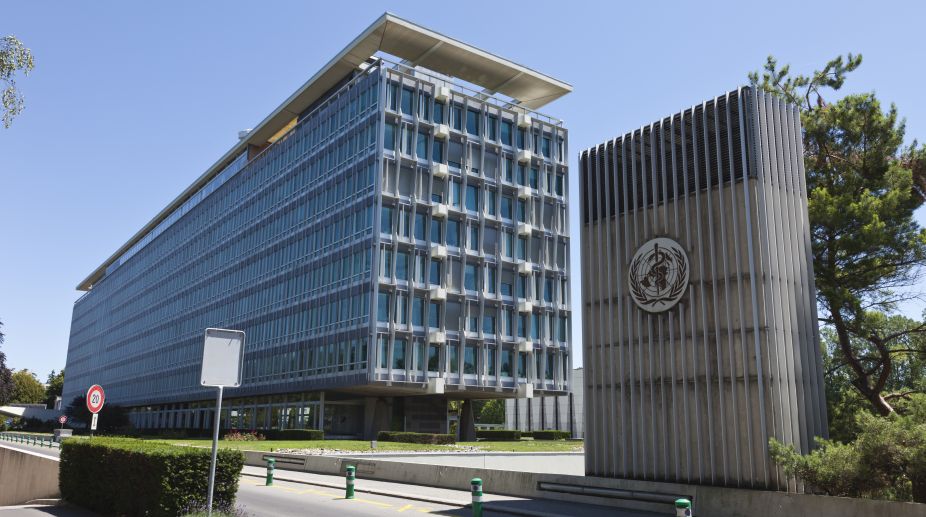Arkansas reports first locally acquired malaria case
This is the only known locally acquired case of malaria in Arkansas, Xinhua news agency reported.

World Health Organisation (PHOTO: Getty Images)
World Health Organisation has for the first time in ten years launched a new policy guidance on malaria elimination, which provides countries with strategies aimed at achieving elimination of the disease.
Malaria is a public health problem in several parts of of the country with over 10 lakh malaria cases being registered last year.
The 2017 framework for malaria elimination was officially released at a global forum attended by national programme managers from the E2020, a group of countries that, according to WHO, have the potential to reach zero indigenous cases of the disease by 2020.
Advertisement
“The new guidance recognises that malaria transmission represents a continuum and it is designed to support all malaria-endemic countries. Programme actions are highlighted across the spectrum of transmission intensity, from high to very low,” it said.
The new framework includes a streamlined process for WHO certification of malaria elimination and clarifies the threshold for reestablishment of transmission.
It offers new guidance on setting targets and systems to verify malaria-free areas within a country's borders, which can be an important foundation for future national certification.
About 95 per cent population in the country resides in malaria endemic areas and 80 per cent of malaria reported in the country is confined to areas consisting 20 per cent of population residing in tribal, hilly, difficult and inaccessible areas, according to National Vector Borne Disease Control Programme.
According to the Programme, last year, there were 10,59,437 cases of malaria in India, while 242 people died due to the disease.
India had last year launched the National Framework for MalariaElimination (NFME) 2016-2030, which outlines the country's strategy for elimination of the disease by 2030.
According to WHO estimates, an increasing number of countries are moving towards malaria elimination.
In 2000, an estimated 13 countries had fewer than 1000 cases of malaria and by 2015, 33 countries had achieved this milestone.
Similarly, the number of countries with fewer than 100 cases of malaria, and with fewer than 10 cases of the disease, has increased sharply since 2000.
In April 2016, WHO identified 21 countries with the potential to achieve zero indigenous cases of malaria by 2020.
The analysis, published on World Malaria Day, was based on trends in malaria case incidence between 2000 and 2014, the declared malaria objectives of affected countries and the informed opinions of WHO experts in the field. Together, these 21 countries represent the “E-2020”.
The new guidance was developed over the course of 18 months by the WHO Secretariat and an independent Evidence Review Group chaired by Rick Steketee, Director of the Malaria Control and Elimination Partnership in Africa (MACEPA).
It involved a broad process of consultation with national programme managers and culminated in a final review in September 2016 by the Malaria Policy Advisory Committee (MPAC).
“This guidance builds on and is fully aligned with WHO's Global Technical Strategy for Malaria, a 15-year framework for all countries working to control and eliminate malaria.
“Malaria elimination in at least 10 countries is one of the strategy's near-term targets for 2020,” WHO said.
Advertisement